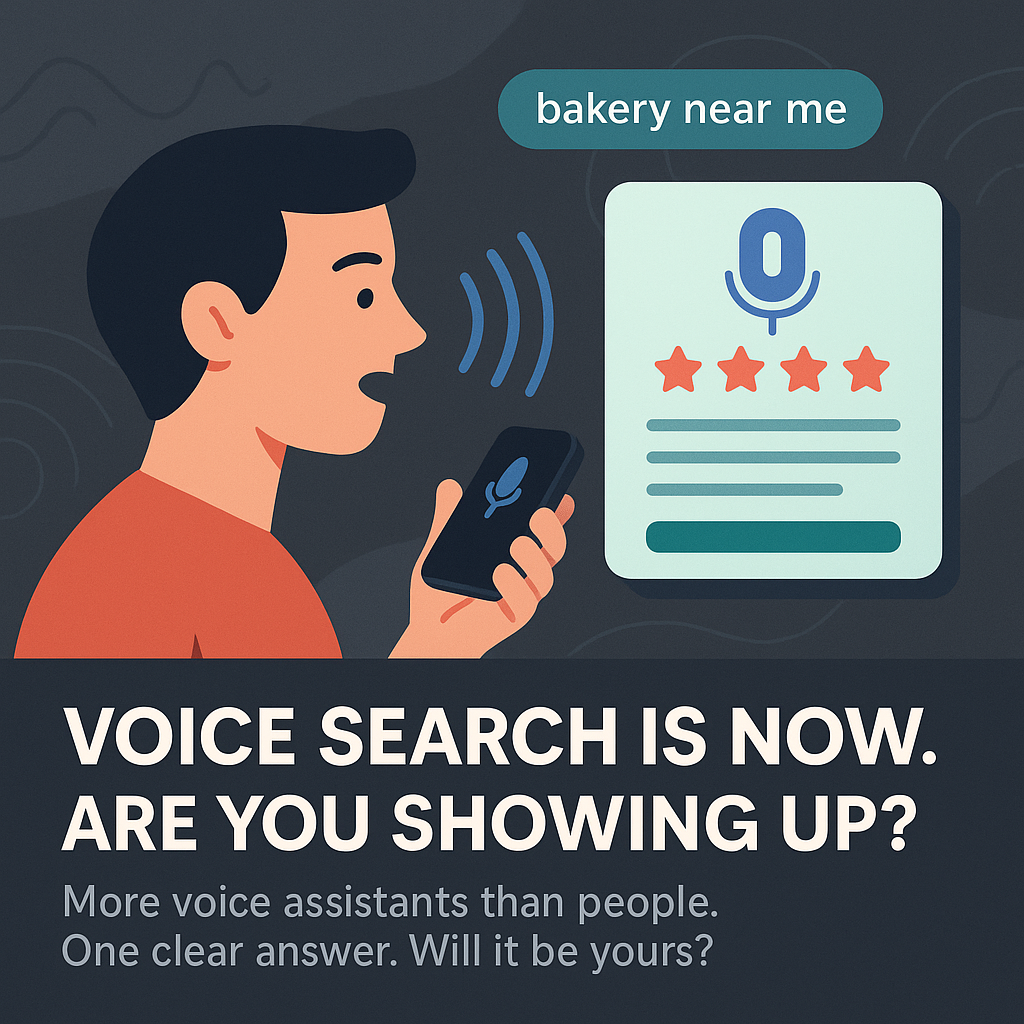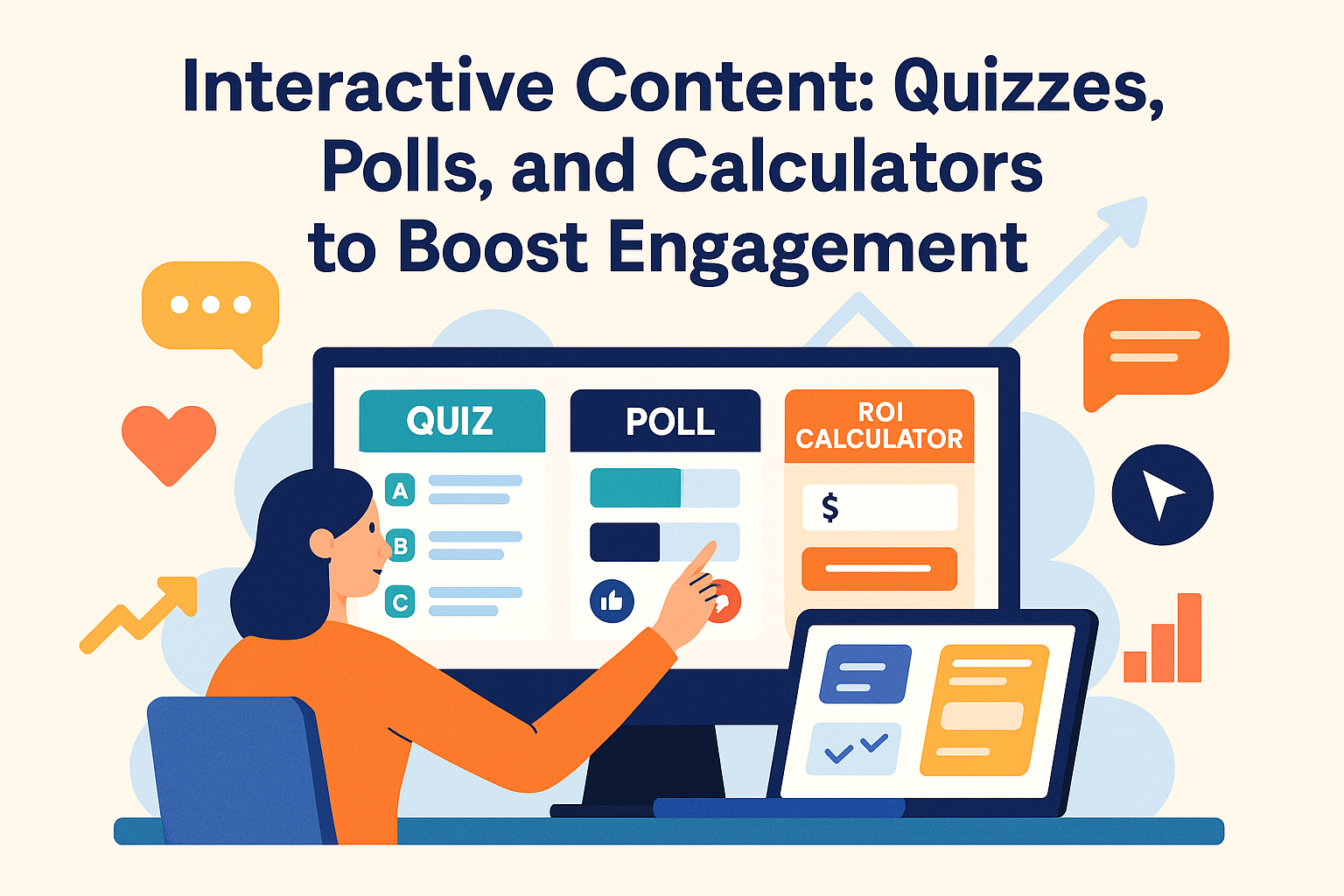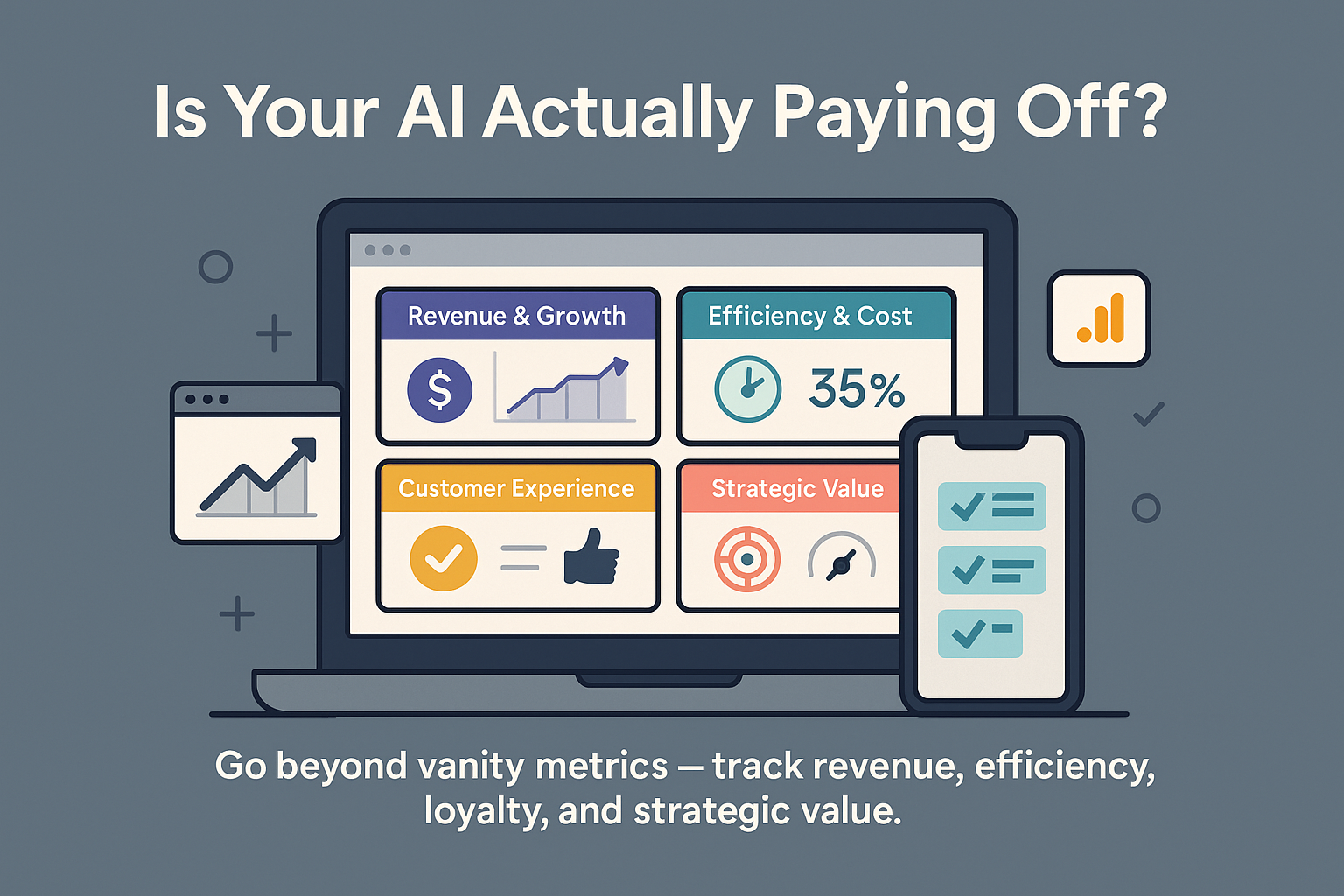Imagine a local bakery knowing exactly which specialty bread to bake more of next Tuesday, not because of past sales, but because an AI predicted a surge in demand from nearby offices. This isn't science fiction; it's the near future of local SEO. While hyper-personalization has allowed businesses to tailor experiences based on known user data, the next evolution is already upon us. We're moving into an era where artificial intelligence doesn't just react to past behavior but proactively anticipates future needs and preferences, often before the user is even aware of them.
This article will argue that by 2026, predictive AI will be an indispensable tool for local businesses aiming to dominate search rankings, optimize resource allocation, and deliver unparalleled customer experiences. It's time to look beyond current strategies and understand how predictive AI will reshape the landscape of local search.
What is Predictive AI and Why Does it Matter for Local SEO?
At its core, predictive AI utilizes historical data, statistical algorithms, and machine learning techniques to forecast future outcomes based on new data. In the realm of local SEO, this translates to anticipating search trends, understanding customer movements, and even predicting competitive actions. Unlike traditional personalization, which is largely reactive—suggesting products based on past purchases, for instance—predictive AI is proactive. It doesn't just respond to what users have done; it anticipates what they will do. For example, instead of merely showing ads to users who have previously searched for a local service, predictive AI might identify emerging patterns that suggest a new group of users will soon be in the market for that service, allowing businesses to prepare their marketing efforts in advance.
This shift from reactive to proactive strategies is crucial for local businesses. As search engines become increasingly sophisticated and user expectations for instant, relevant information grow, businesses that can anticipate demand will gain a significant competitive edge. This is particularly vital in local markets where proximity and real time relevance are paramount. Businesses that master predictive AI will be able to optimize their online presence to meet future demand, ensuring they are visible and appealing precisely when potential customers are looking for their services. This proactive approach can lead to more efficient marketing spend and a stronger connection with the local community. To learn more about optimizing your online presence, consider exploring our SEO services.
The Data Fueling Predictive Local SEO
Predictive AI for local SEO is not fueled by a single data point but by a rich tapestry of diverse data streams. Think of it as a master chef who not only knows what ingredients are in the pantry (current data) but also anticipates what customers will crave next week based on weather forecasts, local events, and past preferences. This allows them to proactively source ingredients and plan their menu, rather than reacting to orders as they come in. Similarly, predictive AI leverages a confluence of information, including:
Historical Search Patterns: Analyzing past local search queries, seasonality, and recurring trends helps identify consistent behaviors and demand cycles.
Real-time Location Data: Anonymized and aggregated location data from mobile devices can reveal foot traffic patterns, local event attendance, and community movements, offering insights into immediate and near-future demand.
Behavioral Analytics: Understanding how users interact with websites, apps, and online listings provides clues about their intent and potential future actions.
Competitor Analysis: Monitoring competitor activities, pricing strategies, and marketing campaigns allows AI to forecast their impact on local market share and identify opportunities.
Seasonal and Event-Based Trends: Incorporating data related to holidays, local festivals, weather patterns, and school schedules helps predict fluctuations in demand for specific products or services.
Demographic and Psychographic Data: Understanding the characteristics and motivations of local populations allows for more tailored and accurate predictions.
By synthesizing these varied data points, predictive AI creates a comprehensive picture of the local market, enabling businesses to make highly informed decisions. This deep dive into data is a significant step beyond basic analytics, offering a foresight that was previously unattainable. For more insights into leveraging data for marketing, you might find our article on how content marketing strategy services improve SEO and traffic helpful.
Practical Applications: Predictive AI in Action
The theoretical power of predictive AI truly shines when applied to real-world local SEO scenarios. Here’s how it will manifest in 2026:
Anticipating Customer Needs Before They Search
Predictive AI can analyze vast datasets to identify subtle signals that indicate future search intent. For example, a sudden increase in searches for "outdoor dining near me" combined with a favorable weather forecast could trigger AI to predict a surge in demand for local restaurants with patios. A local bookstore, for instance, could use predictive AI to anticipate a spike in demand for specific genres or authors based on upcoming movie releases, local school curriculum changes, or even social media trends. This foresight allows them to proactively stock shelves and optimize their local SEO for those terms, ensuring they capture the attention of future customers.
Proactive Content and Offer Optimization
Instead of waiting for trends to emerge, AI can forecast them, allowing businesses to create relevant content (blog posts, landing pages) and design targeted offers (discounts, promotions) in advance. This ensures they are visible and appealing when demand peaks. Consider a local fitness studio: AI might predict increased interest in yoga classes during a specific season. This insight would prompt the studio to create blog content around "beginner yoga poses for spring" and run targeted local ads, positioning them as the go-to option when the predicted demand materializes. This proactive content strategy is a game-changer for staying ahead of the curve.
Dynamic and Intelligent Business Listings
Google Business Profile (GBP) listings are the cornerstone of local SEO. Predictive AI can dynamically optimize elements like business hours, service descriptions, special offers, and even photos based on predicted customer behavior and demand. For instance, if AI predicts a high demand for late-night food on a particular evening, a restaurant's GBP could automatically highlight extended hours or specific menu items. Similarly, a local car repair shop could use AI to predict common car issues based on seasonal changes or local weather events (e.g., tire issues after heavy snowfall). Their GBP listing could then proactively feature services related to those predicted needs, along with relevant promotions. This dynamic optimization ensures your business is always presenting its most relevant face to potential customers. For assistance with optimizing your online presence, our digital marketing services can provide expert guidance.
The Future of Local Recommendations
Moving beyond simple "nearby" suggestions, predictive AI will enable platforms to offer highly anticipatory and personalized local recommendations. This means suggesting a specific restaurant based on a user's dietary preferences, past dining habits, and even their current mood or social context, all predicted by AI. Imagine a user planning a weekend trip to a new city receiving AI-powered recommendations for local attractions, restaurants, and events that perfectly align with their predicted interests and travel style, even before they explicitly search for them. This level of foresight transforms the user experience from reactive searching to seamless discovery. To understand more about how AI is shaping search, read our article on how Ohio SEO firms are using AI tools to improve rankings in 2025.
The Competitive Advantage: How Predictive AI Levels the Playing Field
For small businesses, predictive AI isn't just a technological upgrade; it's a strategic equalizer. Operating with often limited budgets and resources, SMBs can leverage predictive AI to gain a significant competitive advantage:
Optimized Resource Allocation: By accurately forecasting demand, businesses can make smarter decisions about staffing, inventory, and marketing spend,
ensuring resources are deployed where they will have the most impact. This precision minimizes waste and maximizes efficiency.
Increased ROI: Targeting the right customers with the right message at the right time, based on predicted needs, dramatically improves the return on investment for local SEO and broader marketing efforts. Every dollar spent works harder.
Enhanced Customer Experience: Anticipating customer needs leads to more relevant and timely interactions. This proactive engagement fosters greater customer satisfaction, builds loyalty, and encourages repeat business, turning casual visitors into dedicated patrons.
Proactive Strategy: Instead of constantly reacting to market changes or competitor moves, businesses can proactively adapt their strategies. This foresight allows them to seize emerging opportunities and mitigate potential threats before they fully materialize, staying several steps ahead of the competition.
Data-Driven Decision Making: Predictive AI democratizes data science, providing actionable insights that empower small business owners to make informed decisions without needing extensive in-house data expertise. This translates complex data into clear, strategic directives.
In essence, predictive AI transforms local businesses from reactive players to proactive market leaders, enabling them to compete more effectively against larger entities with bigger budgets. For more on how to drive real business results, check out our article on how top-rated PPC marketing services drive real business results.
Navigating the Challenges: The Road to 2026
While the promise of predictive AI in local SEO is immense, its adoption is not without hurdles. Businesses must thoughtfully navigate several challenges on the road to 2026:
Data Privacy and Security: The reliance on vast amounts of data, especially location and behavioral data, raises significant privacy concerns. Businesses must prioritize ethical data collection practices, ensure robust security measures, and strictly adhere to evolving regulations like GDPR and CCPA. Transparency with customers about data usage will be paramount to building trust.
Ethical Implications and Bias: AI algorithms are only as unbiased as the data they are trained on. There's a critical need to address potential biases in
predictive models to prevent discrimination or unfair targeting of certain demographics or neighborhoods. Ensuring fairness and equity in AI-driven strategies will be a continuous effort.
Implementation Complexities: Integrating sophisticated predictive AI into existing marketing stacks can be complex. It often requires specialized tools, seamless data integration across various platforms, and potentially external
expertise in AI and machine learning. Small businesses may find the initial setup daunting.
The Indispensable Human Element: Predictive AI is a powerful tool, but it is not a replacement for human intuition, creativity, and strategic oversight. Marketers will need to interpret AI-generated insights, refine strategies, and make final decisions. The "human-in-the-loop" approach remains crucial to ensure AI serves business goals effectively and ethically.
Cost of Entry: While AI tools are becoming more accessible, advanced predictive analytics platforms might still present a cost barrier for some smaller businesses. However, the market is rapidly evolving, and more affordable, user-friendly AI solutions are continually emerging, making it increasingly feasible for SMBs to participate.
Addressing these challenges head-on will be key to successfully harnessing the power of predictive AI and ensuring its responsible and effective application in local SEO. It's not just about technology; it's about thoughtful implementation and ethical stewardship.
How to Prepare for the Predictive AI Revolution: Your 2026 Roadmap
The future of local SEO is predictive, and businesses that start preparing now will be best positioned for success in 2026 and beyond. Here’s a roadmap to get started:
Prioritize First-Party Data Collection and Organization: Begin by systematically collecting and organizing your own customer data. This includes website analytics, CRM data, email subscriber lists, and transaction histories. Ensure this data is clean, accurate, and, most importantly, collected with explicit customer consent and in compliance with privacy regulations. This foundational data will be the bedrock for any predictive AI initiative.
Cultivate Analytics and Data Interpretation Skills: While you don't need to become a data scientist overnight, developing a basic understanding of analytics and how to interpret data insights is crucial. Invest in training for your team or consider partnering with experts who can help translate AI-generated predictions into actionable business strategies.
Experiment with Current AI-Powered SEO Tools: Many existing SEO tools are already integrating AI capabilities for keyword research, content optimization, and competitive analysis. Start experimenting with these tools to familiarize yourself with AI's potential and limitations. This hands-on experience will be invaluable as more advanced predictive tools emerge.
Stay Informed and Adaptable: The AI landscape is evolving at a breakneck pace. Dedicate time to staying abreast of new developments, research, and best practices in AI and local SEO. Be prepared to adapt your strategies as new technologies and methodologies become available.
Reinforce User Experience Fundamentals: Even with the most advanced AI, the core principles of excellent user experience remain paramount. Ensure your website is fast, mobile-friendly, secure, and provides high-quality, relevant content. Predictive AI enhances these fundamentals; it doesn't replace them.
The Future is Predictive
Predictive AI is not merely a technological trend; it is a transformative force poised to redefine local SEO. By moving beyond reactive personalization to proactive anticipation, businesses can unlock unprecedented opportunities for growth, efficiency, and customer satisfaction. The ability to forecast local search trends, optimize content and listings dynamically, and deliver truly personalized recommendations will be the hallmark of successful local businesses in 2026.
The future of local SEO isn't just about reacting to what customers want; it's about anticipating their needs before they even know them. Are you ready to predict your way to local market dominance?


